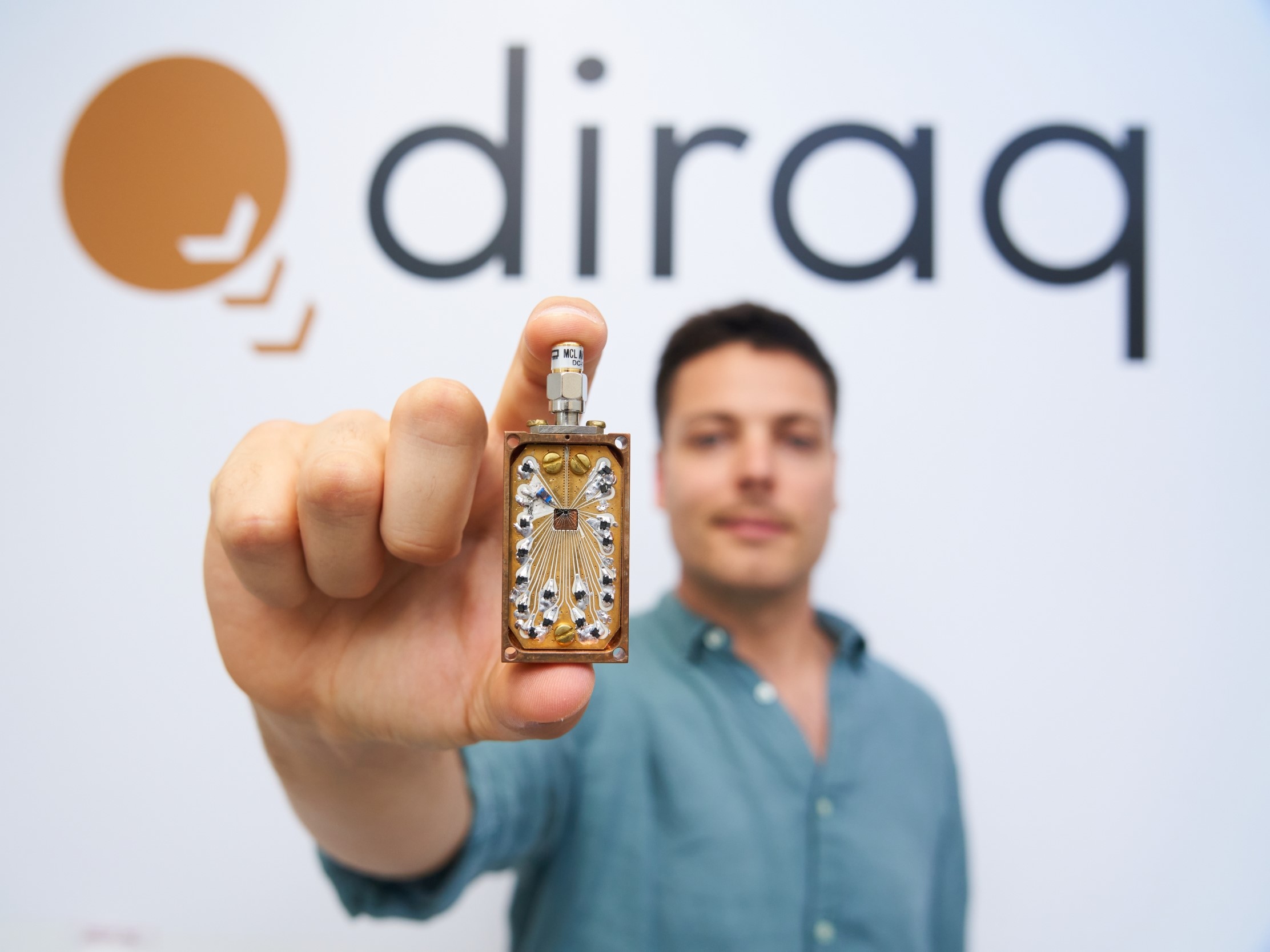Sydney quantum startup Diraq on Tuesday claimed another technology breakthrough it says keeps it on track to deliver a useful quantum computer within four years and a fault tolerant computer ahead of bigger rivals.
The company’s researchers have demonstrated consistent and repeatable operation with above 99 per cent fidelity of two-qubit gates in the SiMOS (silicon metal-oxide-semiconductor) quantum dot platform.
It’s the first time the fidelity threshold has been met for the chip technology, which the UNSW spin out is using in the race to develop the world’s first fault tolerant quantum computer.

“It’s a very significant result for this technology,” Diraq founder and CEO Professor Andrew Dzurak told InnovationAus.com.
“The big advantage of the technology that Diraq works on is that we have the potential to make qubits in their many millions because we use standard integrated circuit technology.
“But up until this point, we have not proven that we could keep the accuracy of two-qubit operations at the level required for error correction.”
The research is detailed in a study published in the journal Nature Physics on Tuesday.
Quantum computers will realise their full potential at a fault tolerant state. To reach it, the qubits or logic operations need to be at a the 99 per cent accuracy threshold while numbering thousands or millions.
Several companies are pursuing different approaches to achieve a fault tolerant quantum computer, including Australian government-backed US firm PsiQuantum, in what has become a high stakes global race.
Professor Dzurak, whose startup has raised almost $200 million in investments and research grants, says Diraq is on track to deliver a full quantum computing system with thousands of qubits by 2028.
The full system would be able to solve problems beyond classical computing, including supercomputers, but is not a fault tolerant quantum computer. This will come some years later, but ahead of competitors, according to Professor Dzurak.
The latest breakthrough keeps the company on that course, he told InnovationAus.com.
“It’s exactly where we intended to be, wanted to be, and it aligns with all of our commercial milestones,” Professor Dzurak said.
“Our core commercial milestone is that by 2028 we want to see full quantum computing system with thousands of qubits capable of solving problems that can’t be solved with existing computers. And this is absolutely fundamental to reaching that commercial goal.”
Do you know more? Contact James Riley via Email.

